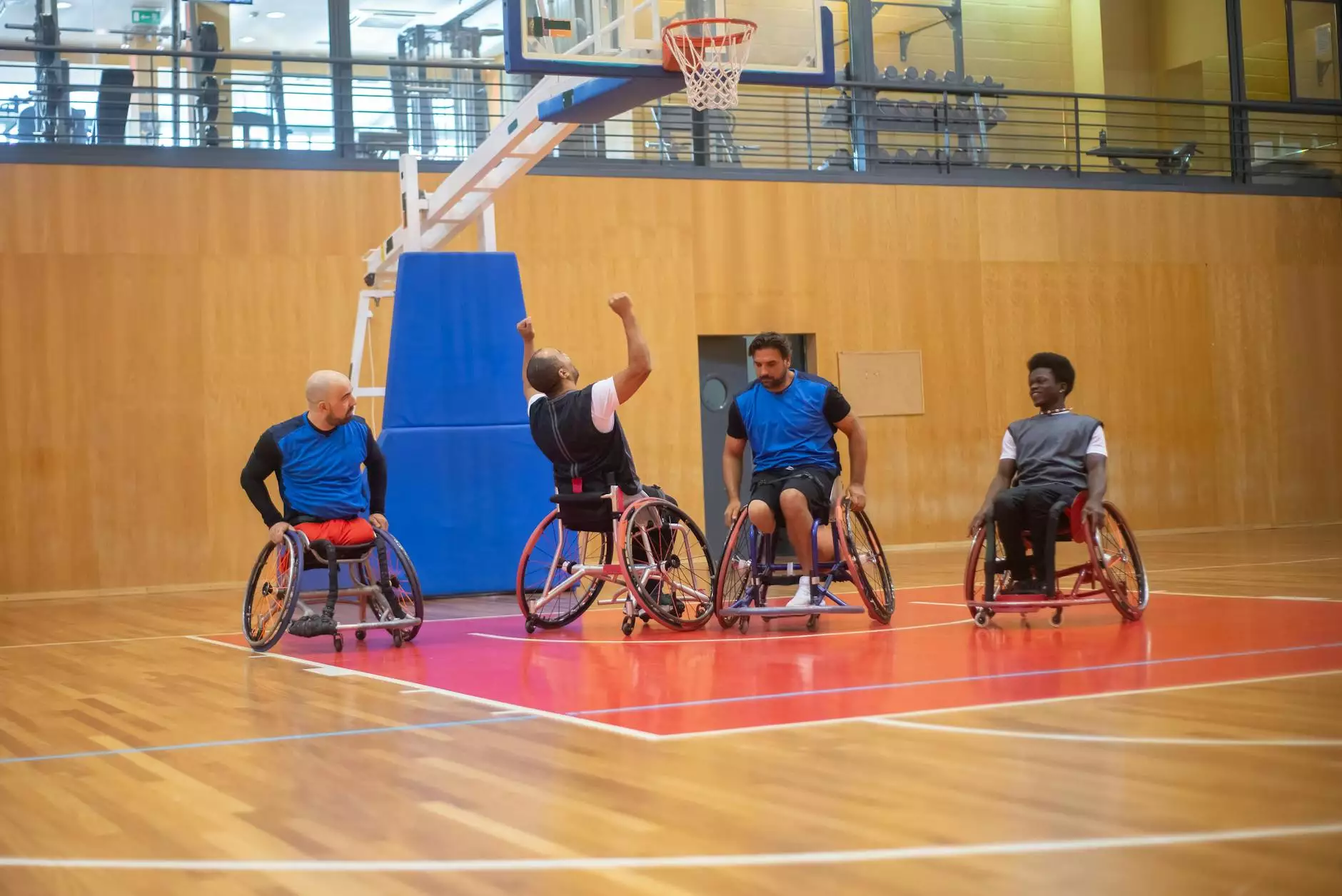Tendinitis vs Tendinopathy: Understanding the Differences for Better Health

In the realm of health and medical terminology, conditions affecting the tendons can often be misunderstood, leading to confusion between terms like tendinitis and tendinopathy. This article provides a comprehensive overview, aiming to clarify these two conditions, their symptoms, causes, treatments, and preventive measures while focusing on how education can empower individuals to manage their health more effectively.
What is Tendinitis?
Tendinitis refers to the inflammation of a tendon, which is the thick fibrous cord that attaches muscle to bone. This condition is often characterized by sharp pain and tenderness along the tendon. Common areas affected include the shoulder, elbow, wrist, knee, and Achilles tendon.
Causes of Tendinitis
Understanding the causes of tendinitis is crucial for preventative care.
- Repetitive Motion: Frequent use of a particular tendon through repetitive activities can lead to wear and tear.
- Aging: As we age, tendons become less flexible and more prone to injury.
- Injury: Acute injuries can exacerbate inflammation.
- Posture: Poor posture can contribute to tendon strain and inflammation.
Symptoms of Tendinitis
The symptoms of tendinitis are typically easy to identify and include:
- Pain: Tenderness and pain in the affected area, often worsened by movement.
- Swelling: Possible swelling around the joint or tendon.
- Stiffness: Reduced range of motion can be experienced.
What is Tendinopathy?
Tendinopathy is a broad term that describes chronic tendon pain and dysfunction, which may or may not be accompanied by inflammation. This condition encompasses various tendon injuries, primarily related to overuse, resulting in degenerative changes in the tendon structure.
Causes of Tendinopathy
Similar to tendinitis, tendinopathy arises from various factors, including:
- Overuse: Prolonged repetitive strain can lead to degeneration of the tendon.
- Improper Technique: Engaging in sports or activities without correct techniques can increase stress on tendons.
- Underlying Health Conditions: Conditions such as diabetes or autoimmune disorders may affect tendon health.
Symptoms of Tendinopathy
Symptoms can vary depending on the severity but generally include:
- Chronic Pain: A dull, aching pain that may worsen with activity.
- Joint Stiffness: Often noticeable especially after periods of inactivity.
- Swelling: Less pronounced than in tendinitis but may still be present.
Tendinitis vs Tendinopathy: Key Differences
Understanding the differences between tendinitis and tendinopathy is essential for proper diagnosis and treatment. Here we will explore several key distinctions:
1. Duration of Condition
Tendinitis is typically an acute condition defined by short-term inflammation, whereas tendinopathy refers to a chronic condition involving long-term pain and potential structural changes in the tendon.
2. Presence of Inflammation
In tendinitis, inflammation is a hallmark of the condition. In contrast, tendinopathy may exist without significant inflammation, focusing more on degenerative changes within the tendon structure.
3. Symptoms
The symptoms can overlap but are distinctly characterized by pain's intensity and chronicity. Tendinitis presents with acute pain and tenderness, while tendinopathy typically features dull, ongoing pain that does not necessarily correlate to the presence of inflammation.
Diagnosis and Evaluation
A thorough evaluation by a healthcare professional is essential for accurately diagnosing either condition. The evaluation usually involves:
- Patient History: Understanding the symptoms and activities that may contribute to the condition.
- Physical Examination: Checking for tenderness, swelling, and range of motion.
- Imaging Tests: In some cases, ultrasound or MRI may be used to visualize tendon damage.
Treatment Options for Tendinitis and Tendinopathy
Both tendinitis and tendinopathy share treatment strategies aimed at reducing pain, improving tendon function, and preventing further injury.
Initial Treatment Approaches
For both conditions, initial management may include:
- Rest: Avoiding activities that aggravate the condition is crucial.
- Icing: Applying ice can help minimize swelling and discomfort.
- Compression: Using elastic bandages or wraps can reduce swelling.
- Elevation: Keeping the affected limb elevated helps decrease swelling.
- Over-the-counter Medications: Non-steroidal anti-inflammatory drugs (NSAIDs) may relieve pain and inflammation.
Advanced Treatment Options
If initial approaches do not yield results, the following treatments may be considered:
- Physical Therapy: Engaging in targeted exercises can strengthen the muscles surrounding the tendon and improve flexibility.
- Corticosteroid Injections: In some cases, these injections can provide temporary relief from inflammation.
- Platelet-Rich Plasma (PRP) Therapy: Utilizing components of your own blood may accelerate the healing process.
- Surgery: For severe cases or persistent symptoms, surgical intervention may be an option to repair or remove damaged tendon tissue.
Preventing Tendinitis and Tendinopathy
Preventing these conditions is often achievable through a combination of strategies:
- Proper Warm-Up: Ensuring to warm up before engaging in any physical activity can prepare the tendons for strain.
- Strength Training: Incorporating strength exercises into your routine can enhance the robustness of tendons.
- Ergonomic Adjustments: Adjustments at work or home can reduce stress on tendons, especially for those in repetitive jobs.
- Consultation: Regular check-ups with a healthcare provider, particularly if you are suffering from chronic conditions, can help inform you on the best actions.
Conclusion
Understanding the nuances of tendinitis vs tendinopathy is pivotal for effective management and treatment. By recognizing the differences and similarities, individuals can take proactive steps towards prevention and recovery. Always consult healthcare professionals when experiencing tendon issues, as early intervention is key to overcoming these conditions. Knowledge remains a powerful ally in maintaining your physical health and enhancing your quality of life.
For more in-depth information and resources, visit IAOM.









